The historic lighthouse ruins at Punta Borinquen.
Puerto Rican History
A Brief History of Puerto Rico
Puerto Rico's vibrancy derives from more than 500 years of rich history and the subsequent blending of different cultures.
This fusion extends to almost every aspect of the Island's identity. From the interweaving of the Taíno, African, and Spanish traditions emerged the Puerto Rican, a new identity composed of traits from all three groups. You’ll get to explore Spanish colonial architecture and prominent centuries-old buildings, savory dishes, and dance moves rooted in African heritage, and lingo that locals still use from the Taínos. Puerto Rico's identity is the very definition of a well-blended melting pot.
The Island's cultural identity is something you'll experience in every sight, taste, and sound during your stay. Read on to learn more about the history of Puerto Rico.

Parque Ceremonial Indígena de Caguana, an important Taíno ceremony site.
Taíno Beginnings: Puerto Rico’s First Inhabitants
Puerto Rico’s first inhabitants were the Taínos, a group of indigenous people who lived on the Island for hundreds of years before the Spanish arrival. Laura Ortiz, a History PhD candidate and owner of Sofrito Tours, states that “The Taíno culture, an Arawak subgroup, migrated from Venezuela and the Orinoco River around 500 ac-600 dc and settled in Puerto Rico and other islands in the Caribbean. Taínos lived in communities called ‘yukayekes,’ their leader was known as the ‘cacique.’ Taínos had a matrilineal society, where the title of the ‘cacique’ was passed down through the mother’s side. Taínos practiced subsistence agriculture, cultivating yucca for ‘casabe’ and corn. Taínos were animists, they believed that human beings, animals, and certain places like El Yunque had a soul and a spirit to venerate their gods like Guabancex and Yukiyú represented in the ‘cemí’.”
While not much is known about caciques before the Spanish arrival, Agüeybaná II, Urayoán, Coxiguex, Yauco, Jumacao, Loquillo, Orocobix, and Guayama were the last governing Taínos leaders, with Agüeybaná serving as a centralized leader. The Taínos called the Island Borikén (Borinquen), which means “Land of the Valiant and Noble Lord.” The arrival of the Spaniards in 1493 marked the beginning of the Taíno extinction. Already at war with the Caribs, another indigenous group migrating to the Antilles, the Taínos began to lose territory, and under Spanish rule, the original Boricuas ceased to exist.
Honoring Puerto Rico’s Indigenous Traditions
Even though Taínos haven’t been around for the last 400 years, Puerto Ricans take pride in preserving much of the Island’s indigenous traditions. Many of them can be appreciated in visits to the Centro Ceremonial Indígena de Cagüana in Utuado and Centro Ceremonial Indígena de Tibes in Ponce, where you’ll learn more about their sacred rituals and traditions, as well as being able to see how they lived and what their towns and homes looked like. Another great place to visit is the Museo del Cemí, serving as a museum filled with artifacts and information about them, as well as being shaped like one of their most important religious artifacts.
EXPLORE THE TAÍNA ROUTE AND INDIGENOUS CULTURE IN PUERTO RICO

Garitas, or sentry boxes, line the forts of Old San Juan.
European Arrival in Puerto Rico
Christopher Columbus arrived in Puerto Rico in 1493 during his second voyage to the New World. Under Spanish rule, the Island diversified its agriculture system, with sugar cane, coffee, and tobacco being among the Island’s major exports. Due to the increasing demand for products and the decreasing number of local inhabitants to work the land, Spain brought African slaves to Puerto Rico.
Given its location and richness, Puerto Rico became an important military outpost for Spain and was attacked by the Dutch, French, and English in a series of failed attempts to conquer the Island. Forts and castles like El Morro and San Cristóbal were originally built to protect the strategically significant Island. The impressive citadels were never defeated, and you can still visit them today.
DON'T MISS THESE LANDMARKS IN SAN JUAN
How Puerto Rico Got Its Name
Initially, Columbus christened the Island San Juan Bautista (St. John the Baptist). The name was soon changed to Puerto Rico, or “rich port,” when the Spaniards realized the impressive amount of gold found in its rivers. When the capital city was established, it took the name of San Juan.
Brief Puerto Rican Autonomy
In the late 1800s, the desire for independence from the Spanish crown boiled over in Puerto Rico. While the Spanish soldiers quickly suppressed the rebellion in San Juan, outbursts and uprisings erupted throughout the Island, which led the Spanish crown to grant autonomy to the government on the Island. This change opened trade channels with other European colonies and the United States.
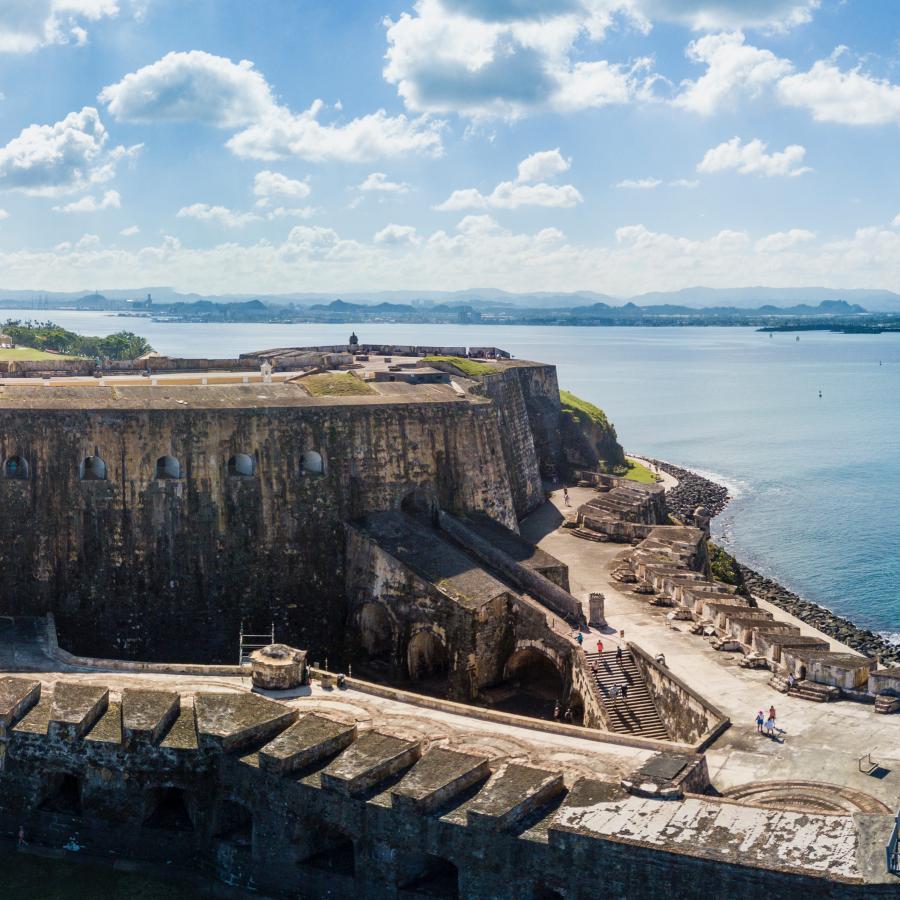
El Morro fort in Old San Juan.
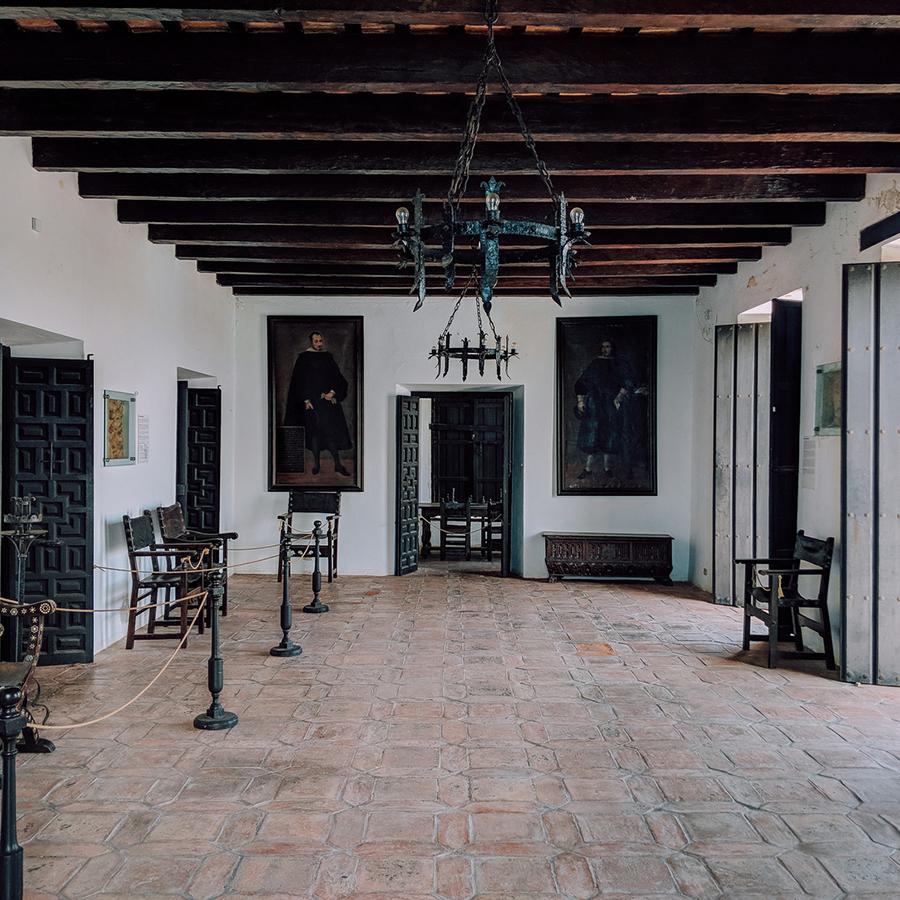
Casa Blanca Museum in Old San Juan.
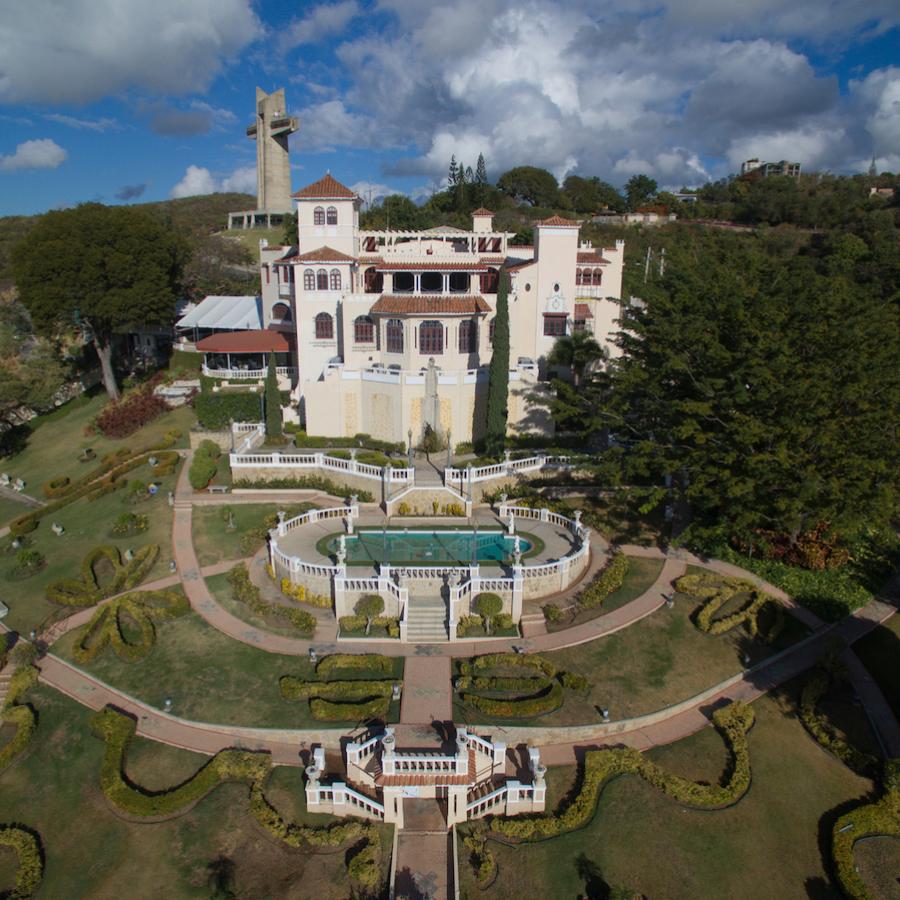
Castillo Serrallés: former home of the Serrallés family, owners of the Don Q distillery.
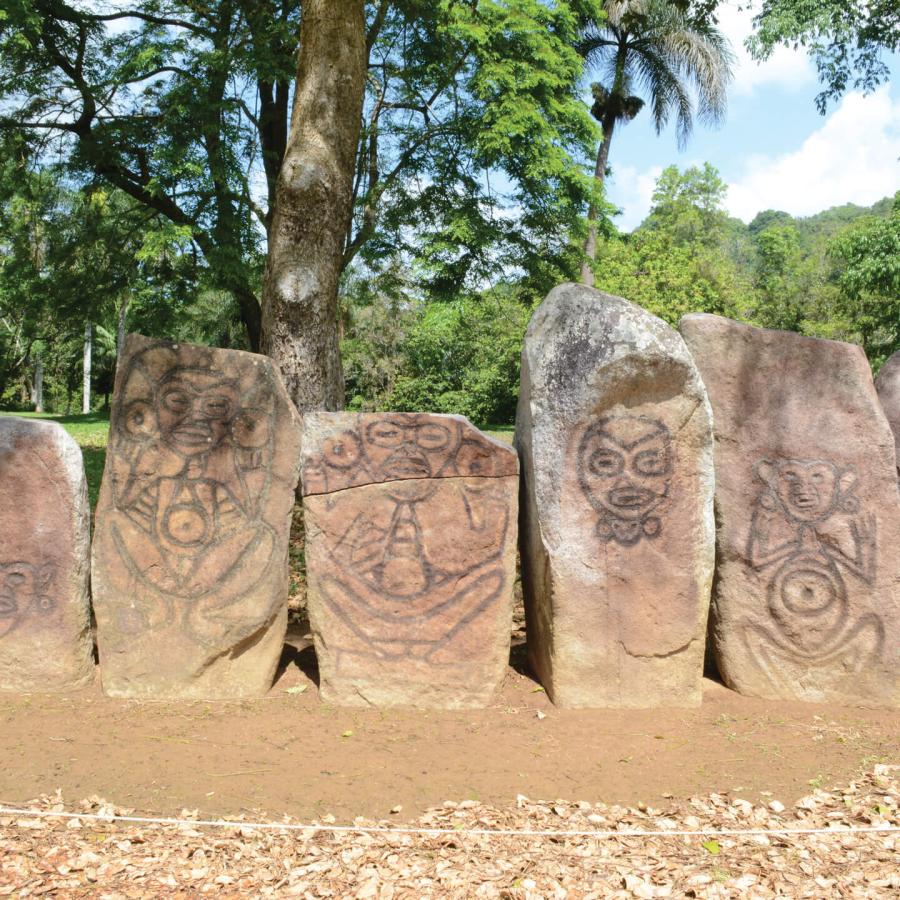
Caguana Indigenous Ceremonial Park in Utuado.
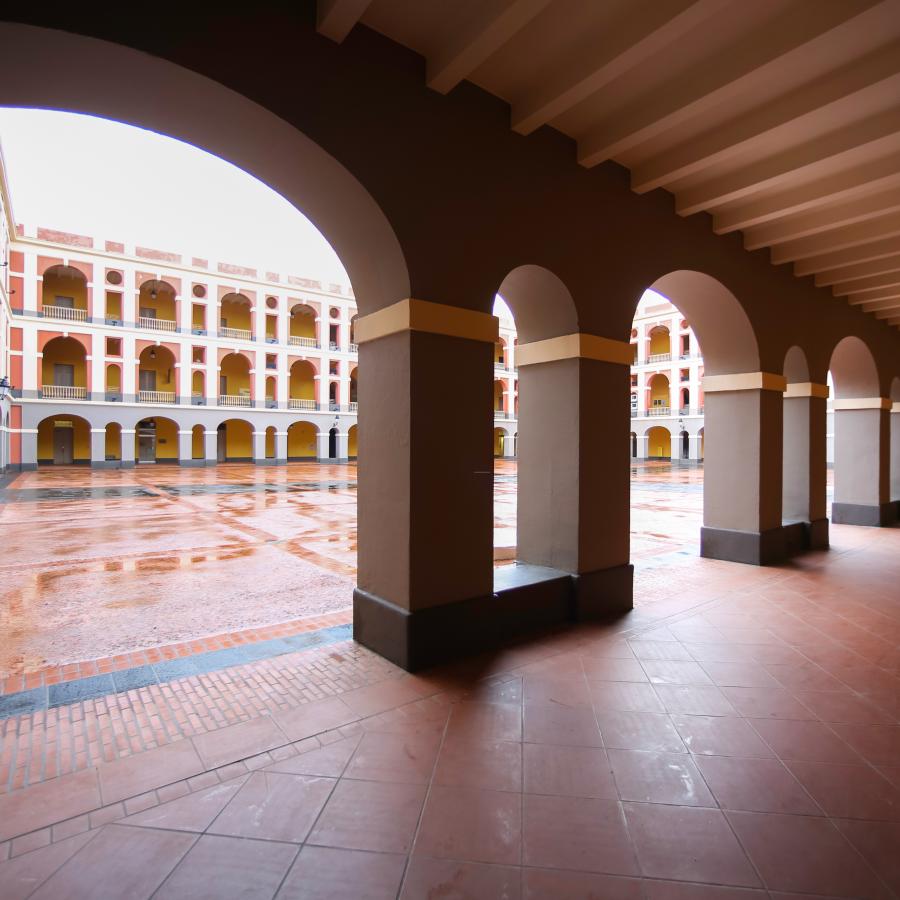
The courtyard of the Museo de las Américas in the Cuartel de Ballajá.

Cathedral Basilica of Saint John the Baptist, or La Catedral.
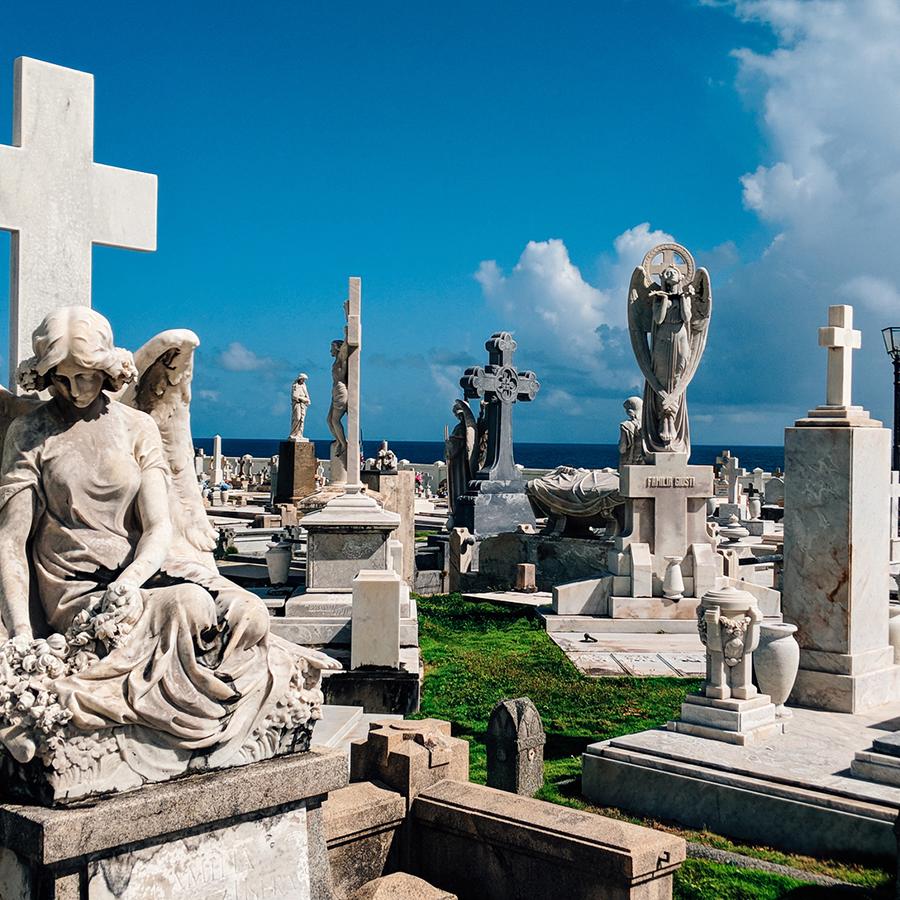
The historic Santa María Magdalena de Pazzis Cemetery in Old San Juan.

Puerto Rican pride is on full display in Old San Juan.
Becoming a U.S. Territory
The autonomous government granted by Spain didn’t last long. After the Spanish-American War ended in 1898, Puerto Rico and Guam were ceded to the United States as part of the terms of the Treaty of Paris, and Puerto Rico maintains its provincial status to this day.
“During the first five decades of its rule over Puerto Rico, the U.S. Congress approved a new Puerto Rican Constitution that made the Island an autonomous U.S. commonwealth while the islanders retained full American citizenship,” says Ortiz.
What is a Commonwealth?
Puerto Rico became a Commonwealth on July 25, 1952, under the leadership of Luis Muñoz Marín. And while the term doesn’t have a concrete definition, in Puerto Rico, it means that the Island has its own Constitution, local elected officials, and government, as well as sovereignty in sports and other competitions.

Puerto Rican pride is everywhere on the streets of San Juan.
Celebrating Puerto Rico’s History
With over 500 years of history, Puerto Ricans are incredibly proud of their mixed heritage and traditions. While you can see those influences everywhere, there are a few places where you can Taíno, African, and Spanish traditions.
The Festival de Santiago Apóstol in Loíza is a great place to experience Puerto Rico afro-descendant traditions, with food, dancing, and a parade with “vejigantes.” On the other hand, the Festival Nacional Indígena in Jayuya honors the Island’s Indigenous roots with traditional ceremony, clothing, and more.
One of the places where you can see Spanish influence in Puerto Rico is through the architecture, and nowhere is that more apparent than in Old San Juan. From the walled city to the cobblestone streets and fortifications sprinkled throughout, 500 years of history echo from all corners!
Paradise for Your Inbox
Get travel inspiration, news, tips and more delivered monthly.